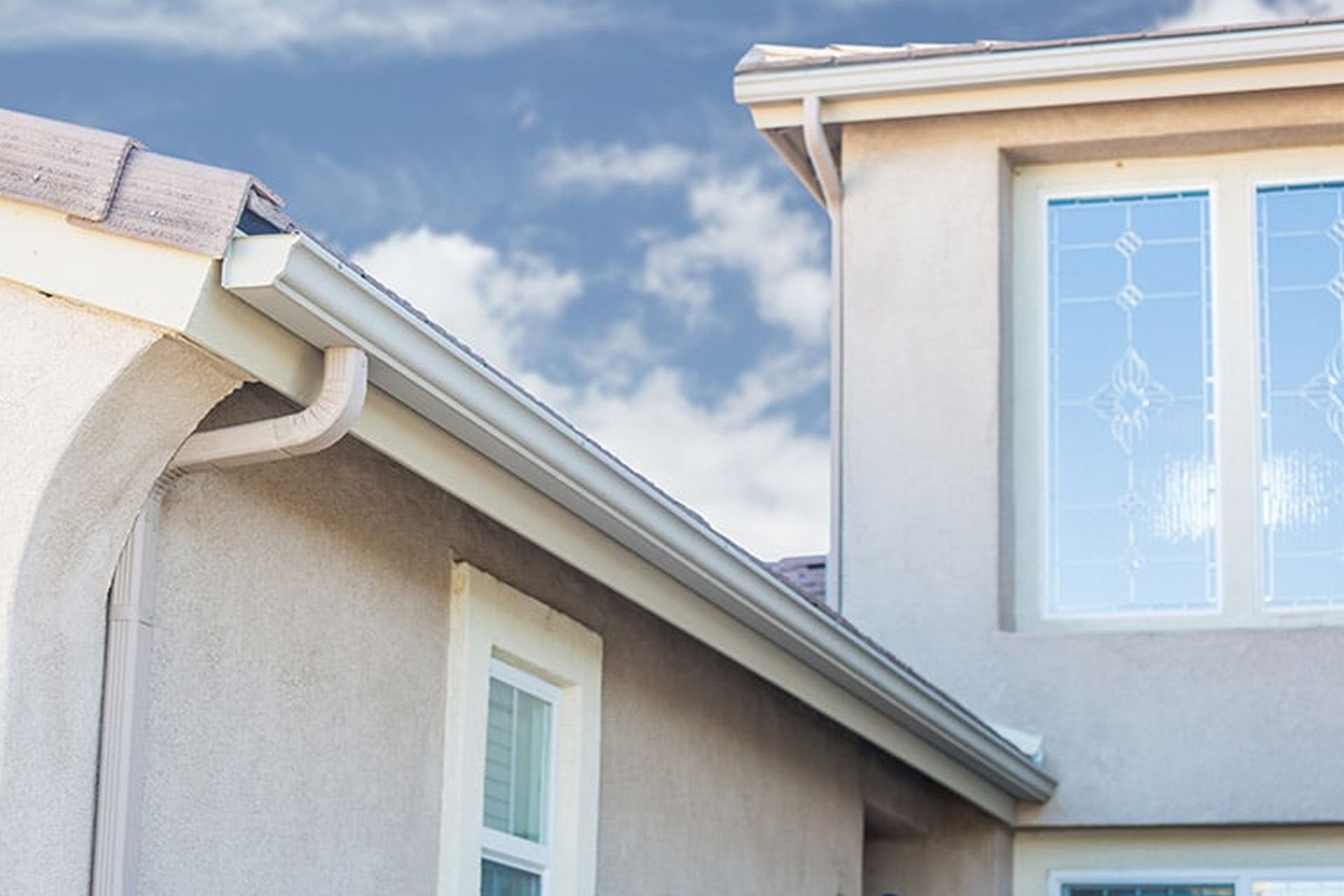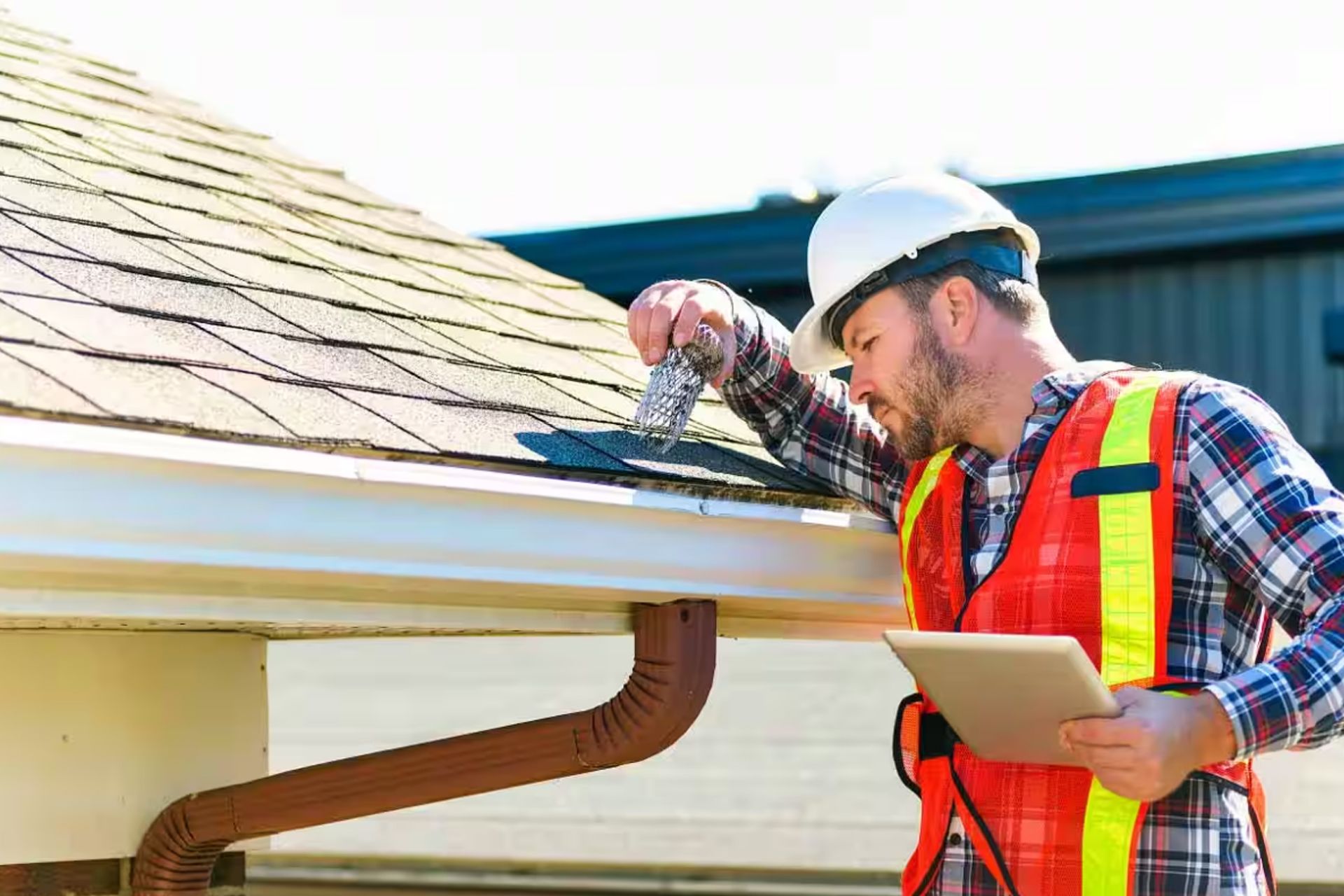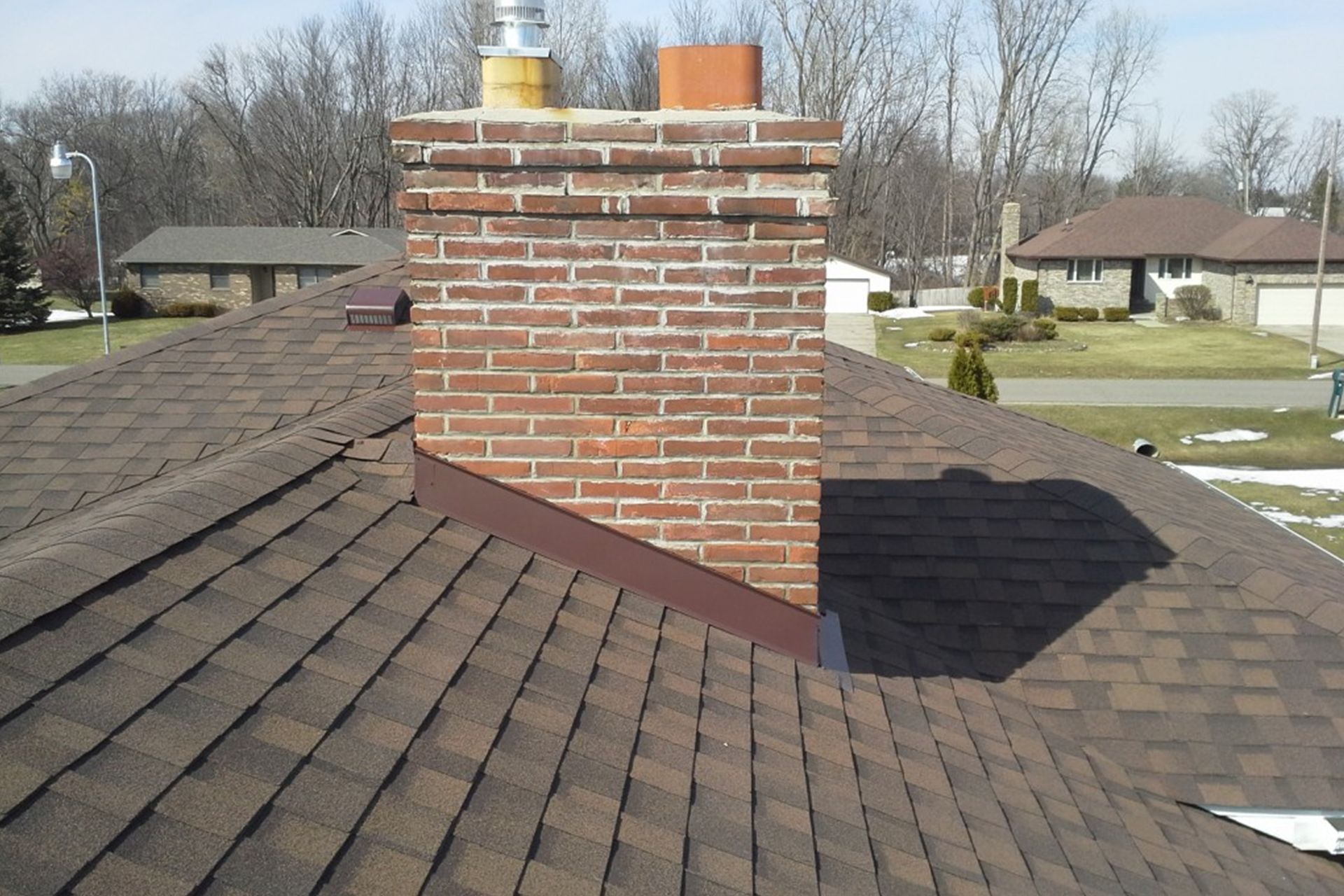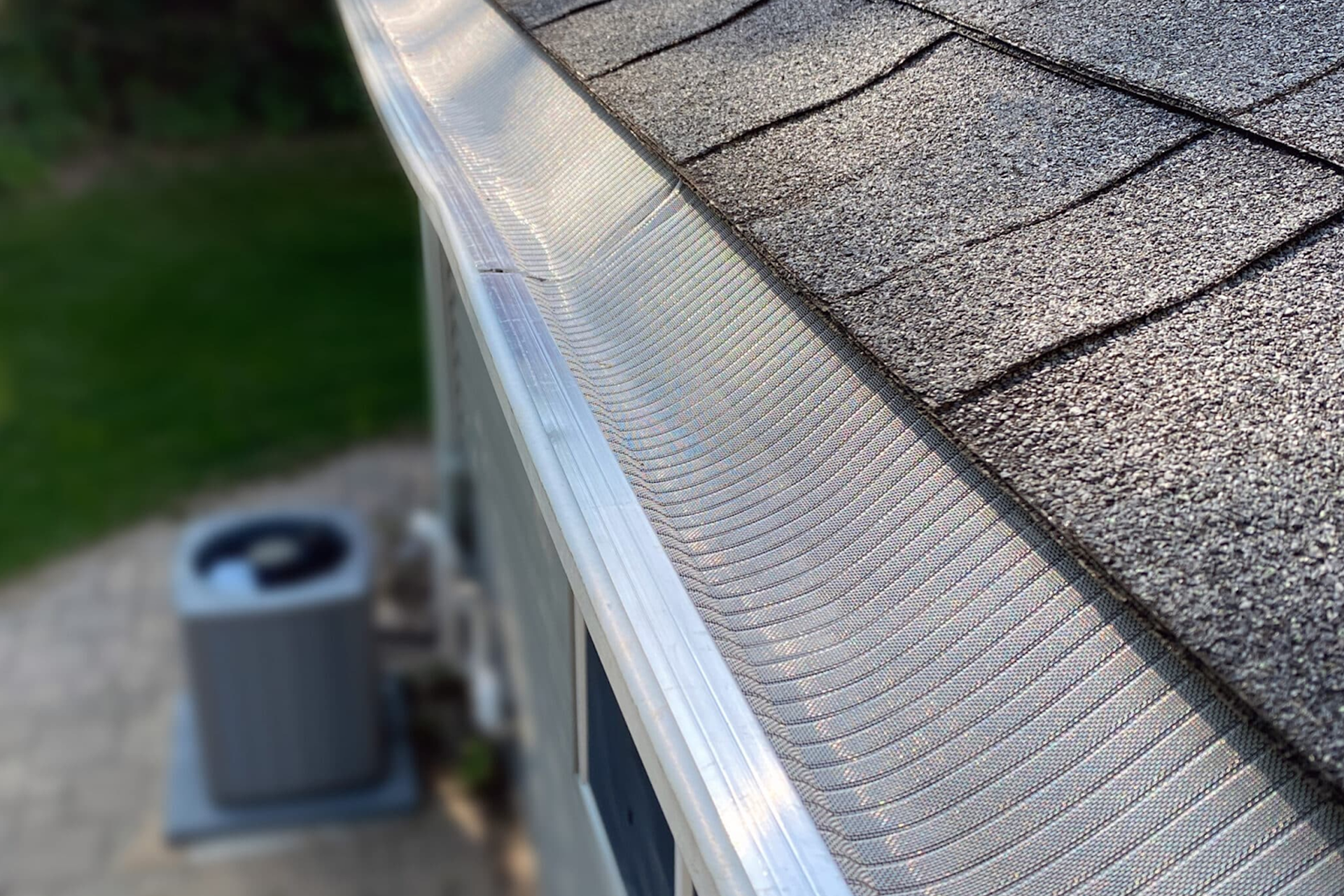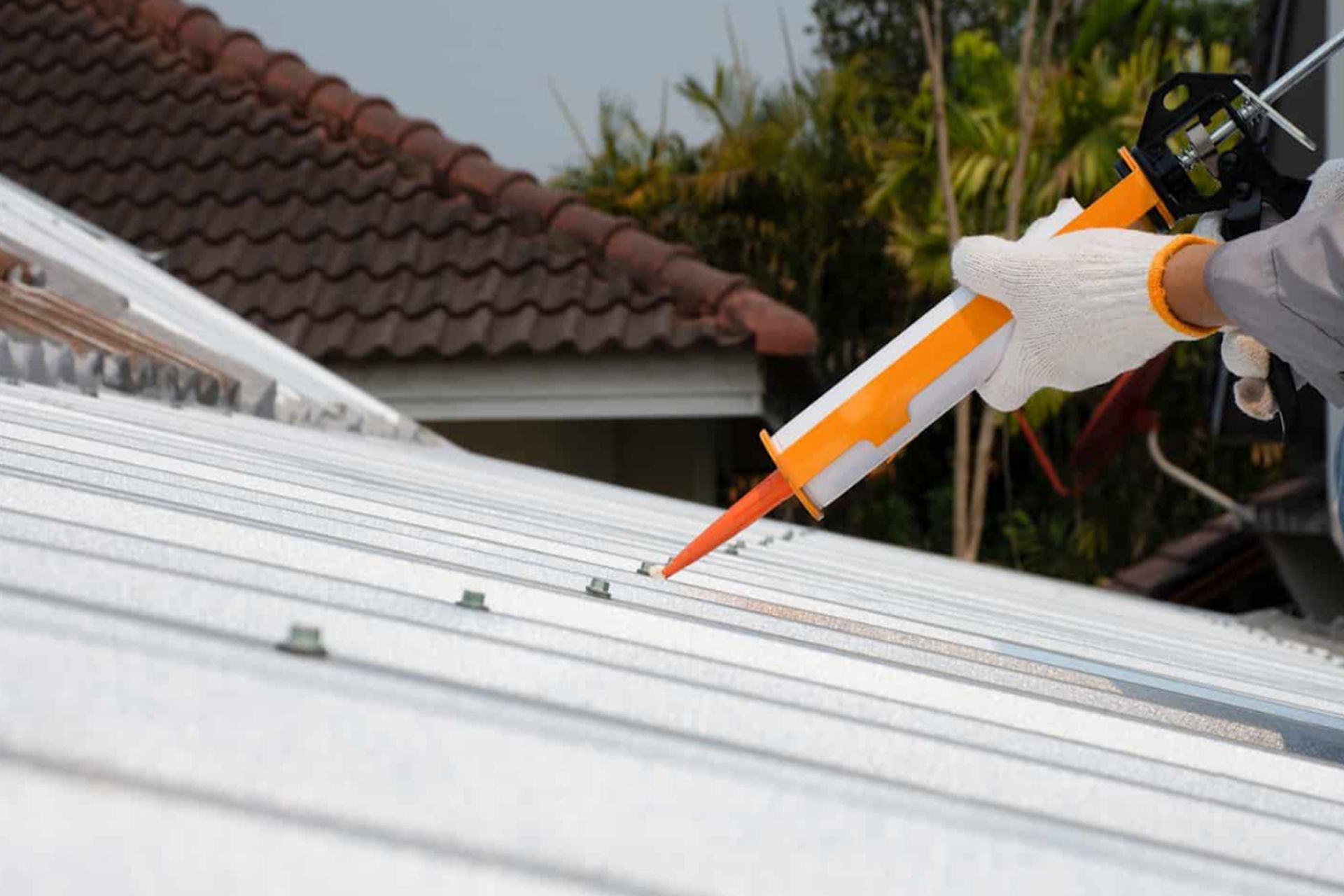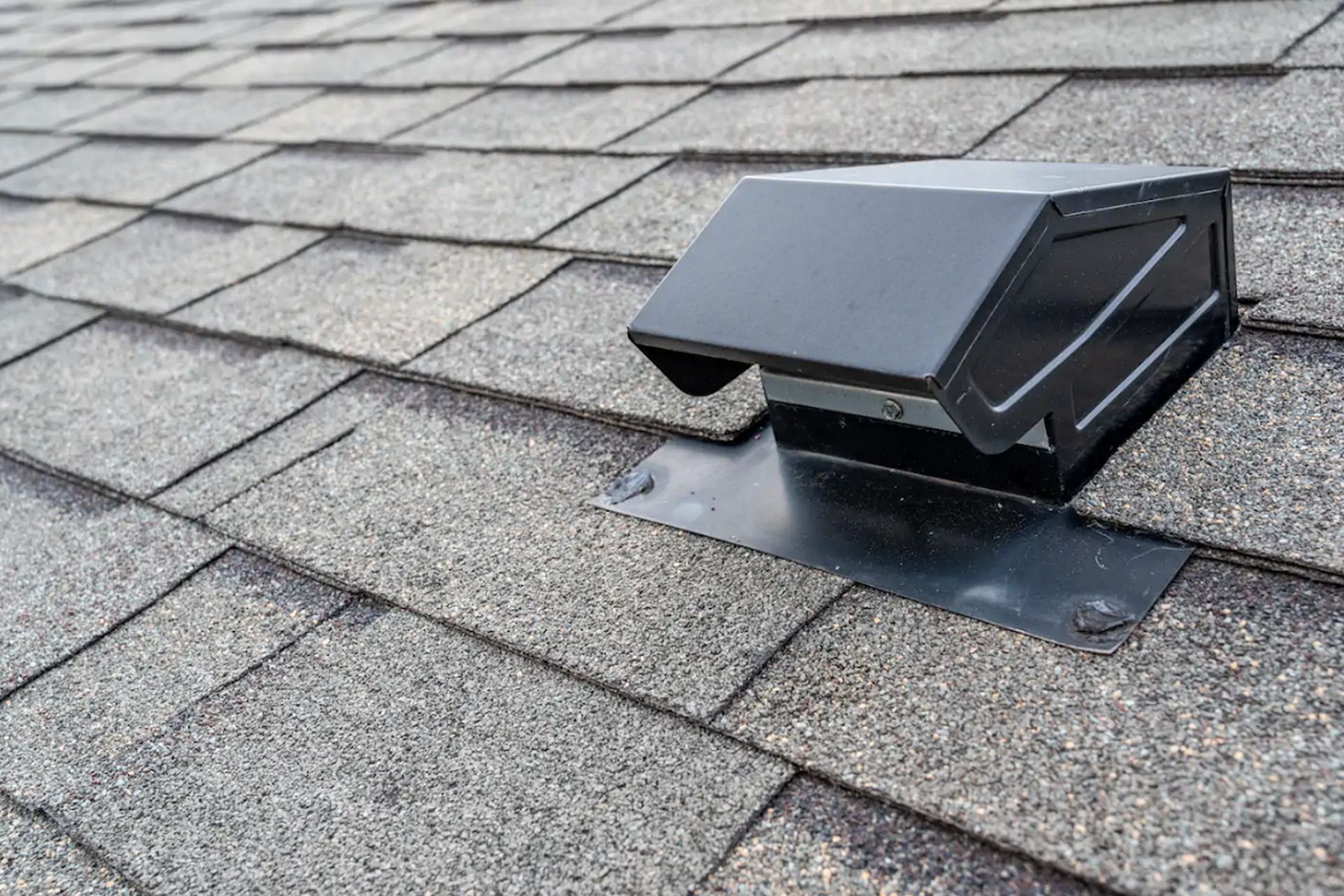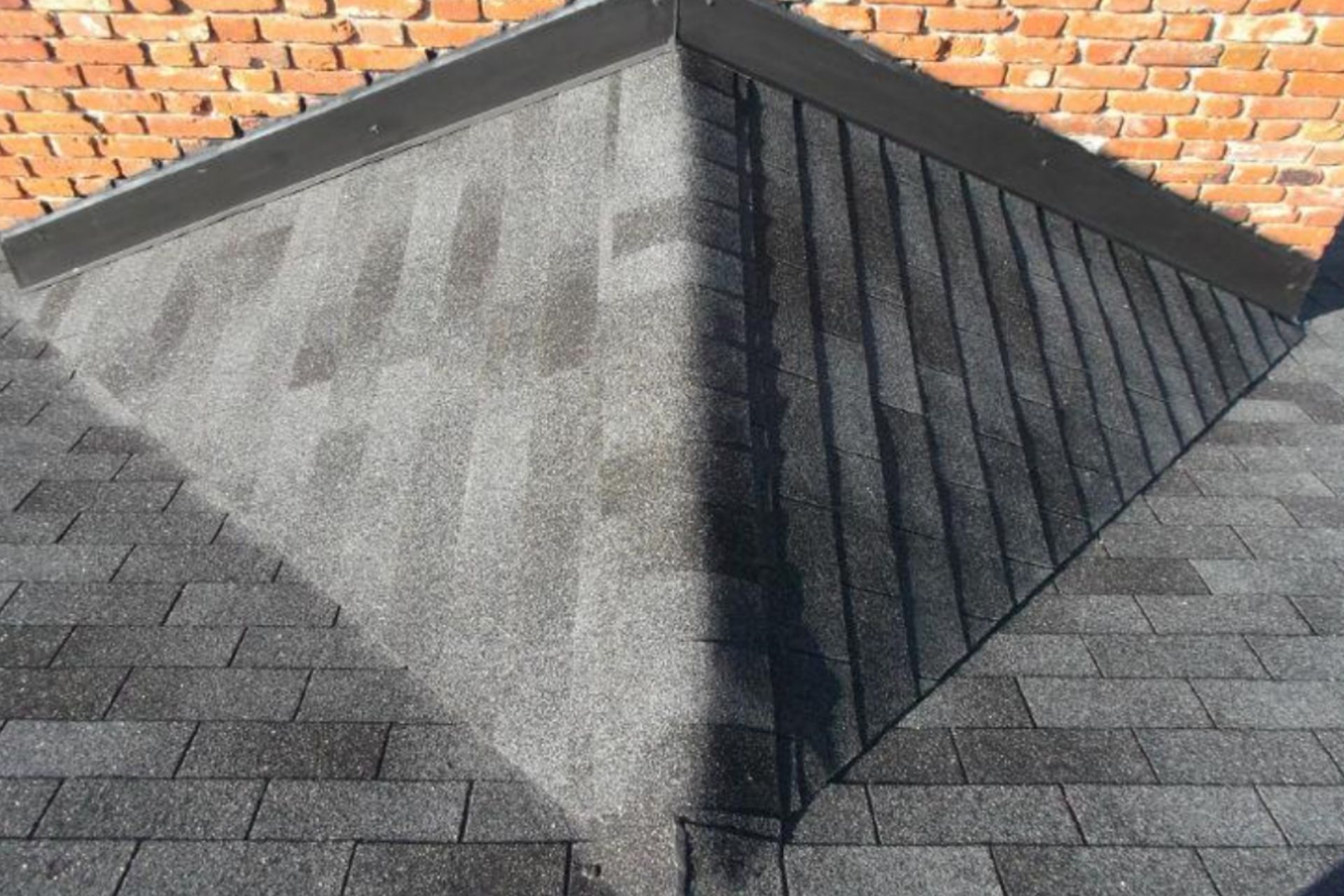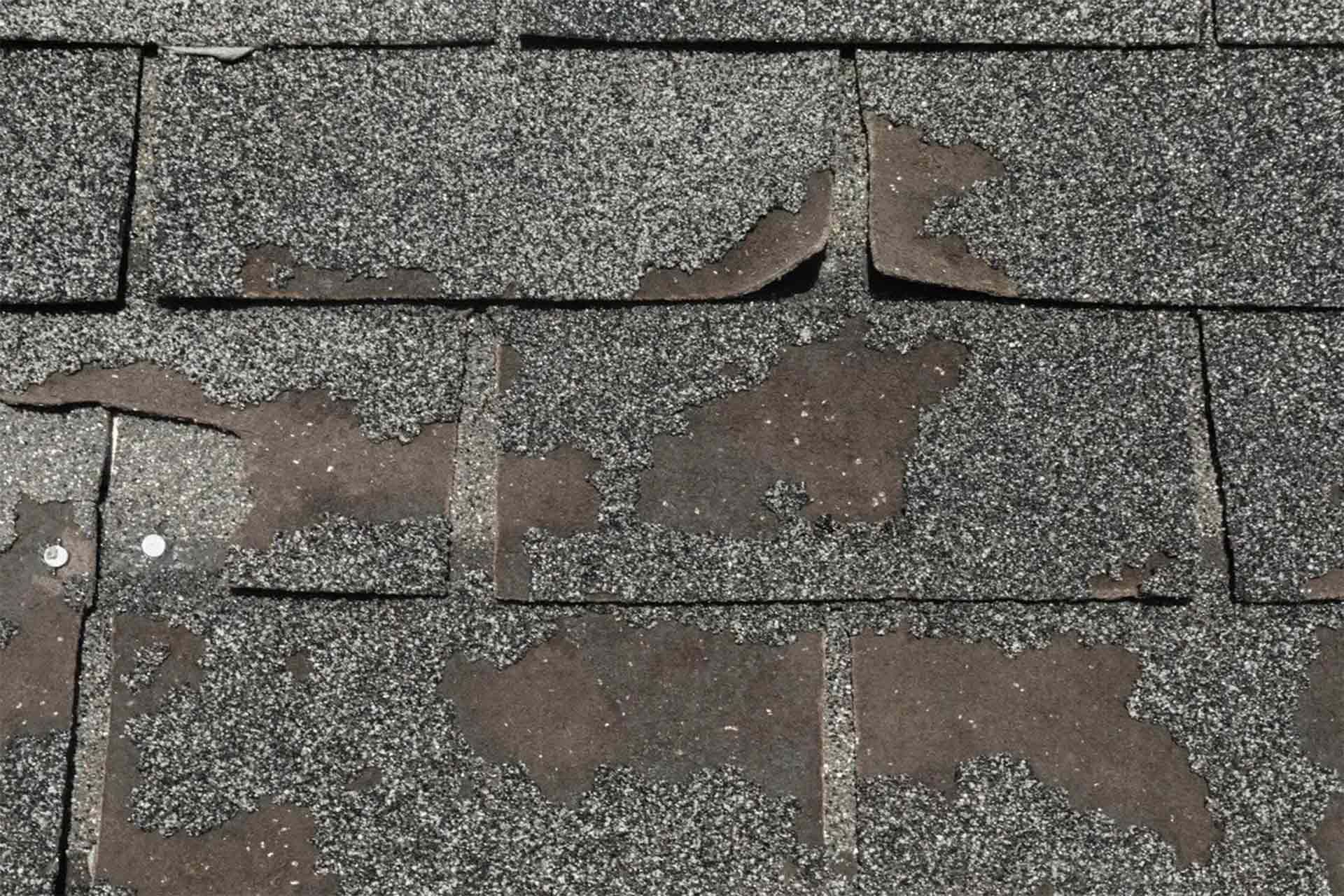CALL (239) 549-7663
se habla espanol!
Understanding Missing Shingles: Essential Insights for Homeowners
Shingles are essential rectangular pieces of asphalt-coated material for protecting homes from harsh weather. They deflect sunlight, guard against debris, and shield from wind, rain, and pests. Proper shingle placement on roofs ensures homes stay safe from environmental threats. Professional installation is key to maintaining a strong defense. Contact us for missing shingle repair and roofing services.
The absence of shingles presents a significant hazard, making it essential to transition swiftly to professional solutions to preserve the roof's integrity. For homeowners in Southwest Florida, grasping the causes and repercussions of missing shingles is a critical transition toward safeguarding their properties. This article serves as a transition to educating residents on the crucial steps for detecting, addressing, and preventing missing shingles, utilizing expert roofing services for the utmost in roof health and safety.
Identifying Missing Shingles
To transition into the process of effectively identifying missing shingles and evaluating the condition of your roof, homeowners can implement a range of inspection techniques:
- Visual Inspection from the Ground: Transitioning to practical advice: Utilise binoculars to meticulously examine your roof for uneven color patches or areas where shingles may seem damaged or not lying flat. When inspecting your roof, pay attention to shingles that are curling, buckling, or showing signs of discoloration, as these are indicators of potential damage or missing pieces. Such changes can signal the need for a transition in your roof maintenance routine.
- Signs of Wear and Tear: Look for broken shingle tabs, which are common after high wind events. Examine the seams where two shingles meet, which are vulnerable transition points on your roof. Excessive granule accumulation in gutters is a tell-tale sign of deteriorating shingles, often preceding their disappearance. This accumulation can disrupt the water transition away from your roof, indicating a need for repair.
- Interior and Indirect Indicators: Interior water stains or leaks, increased energy bills, and sunlight seeping through the attic are indirect indicators of missing shingles or other roofing issues. These signs may also indicate a transition in the roof's insulation effectiveness. These signs suggest that the roof's insulation properties may be compromised or the underlying structure is exposed to moisture. This situation necessitates a prompt transition to address the insulation and integrity of your roofing system.
By conducting thorough inspections and being vigilant for these key indicators, homeowners can swiftly identify missing shingles and take necessary actions to mitigate further damage. Such proactive transitions help maintain the integrity of the roof.
Causes of Missing Shingles
Understanding the multifaceted causes behind missing shingles is crucial for homeowners to protect their roofs effectively. The primary contributors include a transition in weather patterns, installation errors, and material wear over time.
- Intense weather conditions, such as heavy rain, wind, and hail storms, are leading causes of shingle displacement, necessitating a seamless transition to more resilient roofing solutions.
- Straight-line winds, in particular, significantly impact shingle stability, often tearing them off. This underscores the importance of a transition to wind-resistant materials.
- Temperature fluctuations, alongside strong winds and hail, can weaken shingles over time, making them more prone to falling off and highlighting the need to transition to more durable roofing options.
Installation and Maintenance Issues:
- Shingles installed without professional expertise or improperly placed are more susceptible to dislodging, indicating a transition to expert installation practices is essential for longevity.
- Lack of regular maintenance and improper installation, including failure to activate seal strips due to low temperatures or inadequate sunlight, can lead to shingles blowing off, signaling a critical transition to meticulous roofing practices.
- Roofs older than 25 years or those that have not been regularly inspected and maintained are at a higher risk of losing shingles due to accumulated damage and weakened structures, necessitating a transition to proactive roof management.
Consequential Damage:
Neglecting to replace missing shingles promptly can lead to the deterioration of surrounding shingles, further exacerbating the problem through increased exposure to water, wind, and sunlight; thus, a transition to timely repairs is crucial.
By recognizing these causes, homeowners can transition to proactive steps toward expert shingle installations, missing shingle repair, and regular maintenance to ensure the longevity and integrity of their roofing systems.
Consequences of Ignoring Missing Shingles
Ignoring the issue of missing shingles can transition into a cascade of problems that compromise the integrity of the roof and the overall safety and value of the home. Here are the critical consequences homeowners face when missing shingles are not promptly addressed:
- Water Damage and Structural Deterioration
- Water leakage during rainstorms can escalate, causing extensive water damage.
- Potential structural damage includes cracks, water damage, and the deterioration of ceilings and walls.
- Progressive leak damage may occur as surrounding shingles deteriorate, weakening the roof's structure. - Health Hazards and Decreased Property Value
- Transitioning to a focus on health, mold and algae growth, which can develop on damp surfaces within 24 to 48 hours of water exposure, poses significant health risks.
- The home's exterior aesthetic and overall value can transition to a decrease due to visible mold and algae. - Increased Repair Costs and Insurance Complications
- Delaying repairs can transition into more extensive and costly repairs as the problem areas may expand.
- Most homeowner insurance policies do not cover water damage resulting from roof neglect, leading to potential financial burdens and a transition to more out-of-pocket expenses.
To mitigate these risks, homeowners must transition to hiring professional roofers for expert shingle installations and missing shingle repair. Regular inspections and maintenance are crucial in identifying and addressing issues early, ensuring the longevity and safety of the roofing system.
Steps to Address Missing Shingles
Addressing missing shingles promptly is essential for maintaining the integrity and longevity of your roof. Here's a structured approach to tackling this issue, ensuring a smooth transition to a fully restored roof.
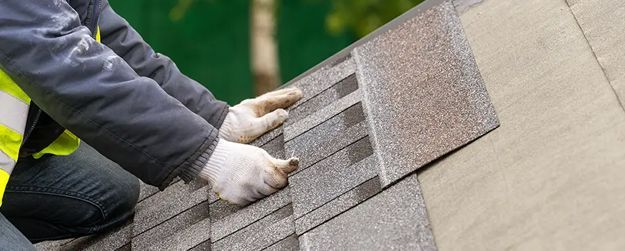
Initial Steps and Considerations
- Inspection and Identification: Regular inspections can identify issues early. If missing shingles are spotted, contacting a professional roofer is crucial for a detailed assessment and repair. Their expertise facilitates a transition to a secure and well-maintained roof.
- Professional Expertise: Roofing professionals can safely and efficiently address roofing issues, with insurance coverage for potential mistakes Professional roofers are adept at matching replacement shingles to your roof's color and texture, ensuring a seamless transition and repair that blends perfectly with the existing structure.
Repair Process
- Preparation: Begin the repair process by gathering necessary tools, including a flat pry bar, asphalt roofing cement, replacement shingles, and roofing nails, to transition smoothly into the actual repair work.
- Removal: Use the flat bar to carefully remove the damaged shingles without affecting the surrounding area. This is a critical transition step towards restoring your roof's condition.
- Installation: Align the new shingle with the existing ones, securing it with four 1¼-inch roofing nails. Ensure nails are driven into the tar strip for optimal bonding, marking a key transition to a fortified roof.
- Sealing: Apply roofing sealant under and over the new shingle to prevent water leakage and ensure the shingle is properly adhered to the roof. This final transition seals and completes the repair process.
Maintenance and Prevention
- Regular Evaluations: A proactive transition to regular roof evaluations, including granule loss and shingle-to-shingle bonding checks, is crucial for maintaining its condition. Clean your roof regularly to prevent debris accumulation.
- Proactive Replacement: Should the transition point where over 50% of shingles have lost bonding be reached; it's wise to plan for a roof replacement within two years. Conversely, with less than 30% bonding, a replacement should be scheduled before the next moderate windstorm.
Homeowners can transition smoothly to ensuring their roofs remain in prime condition by adhering to these maintenance steps, thus protecting their homes from potential damage.
FAQs
- What should I do if I notice shingles missing from my roof?
Upon discovering missing shingles, it is essential to contact a roofing contractor immediately. They will conduct a professional inspection to ascertain the damage's scope and advise on the necessary repair steps.
- How urgent is it to replace the missing shingles on my roof?
It is urgent to address the transition to repairing missing shingles on your roof. Generally, a roof should only be with shingles for 30 to 60 days to prevent damage to the underlying structure from the elements and wildlife.
- Is it a serious issue if only a few shingles are missing?
The transition to addressing even a handful of missing shingles is critical. Such gaps can expose your roof deck, allowing moisture to seep in and potentially cause leaks that damage not just the roof but also the interior of your home, which is a more severe issue than the mere Replacement of shingles.
- Why are shingles important for a roof?
Understanding the importance of shingles is key. They provide an attractive, durable layer of protection against various weather conditions. Their strategic overlapping placement ensures complete coverage for the materials beneath, like plywood or vapor barriers, safeguarding your home from water and other environmental elements.
Professional Roofing Services for Southwest Florida
Call Roof Smart Today!
(239) 747-0316
Roof Smart of SW Florida, LLC | Image Use | Privacy Policy | Powered by Aletheia Digital

